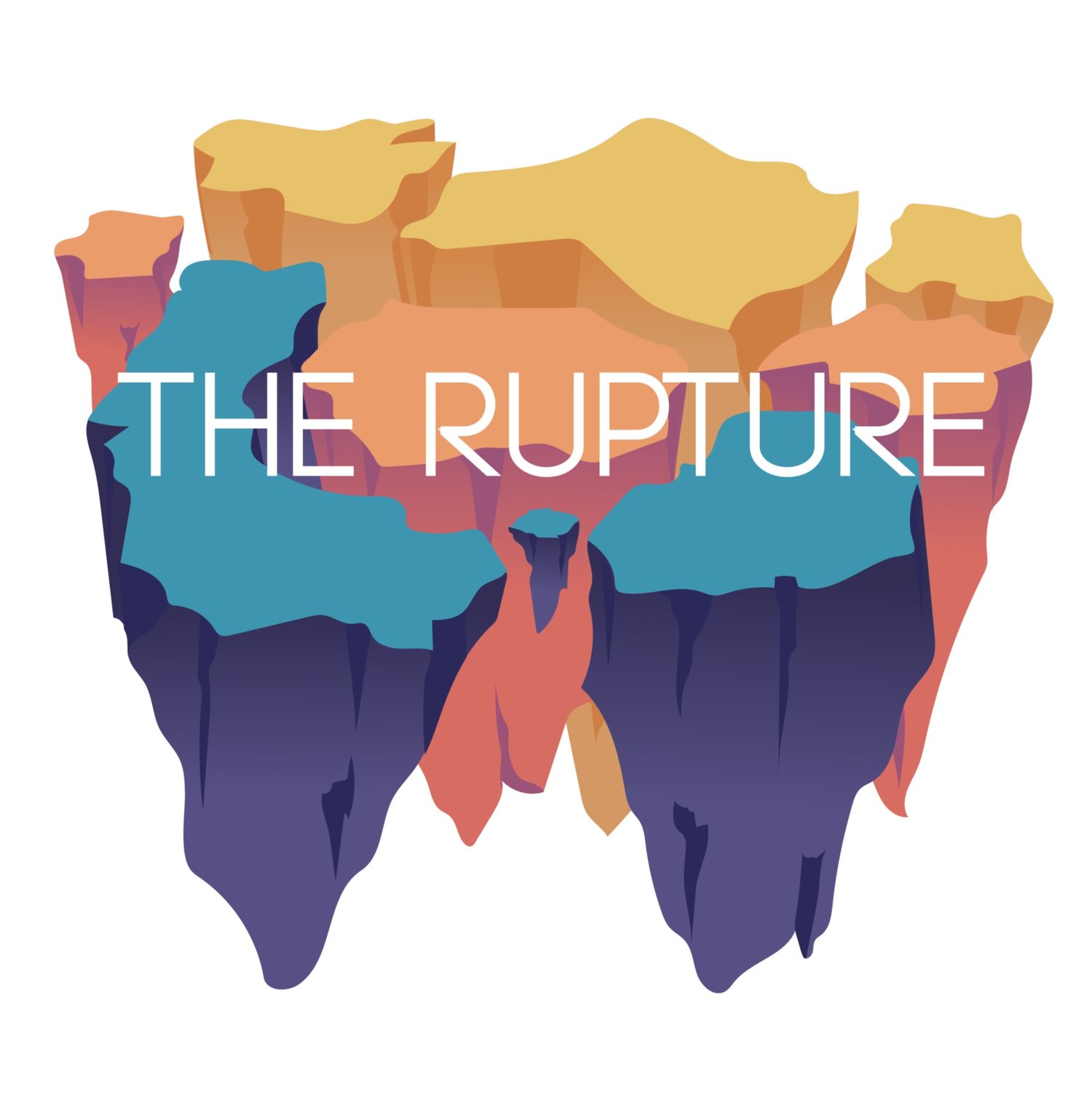Peter Faziani is a second year masters student at the University of Toledo where he is the founder and editor of The Mill, the university's literary magazine. In addition to his chapbook, This is Envy, Peter's work has been published in The Central Review and The Independent Collegian. He has two Corgi's and a wonderful wife and daughter that support his writing.
Here, Peter Faziani talks to interviewer Melissa Goodrich about what don't make a man, The Great Lakes, and dying alone.
1. Did this poem begin as a jest, a gesture, and/or a serious consideration for the death of one’s clothes? Do you find Viking funerals serious business or funny or strange?
In the beginning, this poem was a line or two in jest about Viking funerals, because I've always found them foreign, and intriguing. It eventually became a poem that considers death, but more importantly, considers the death of one's possessions because even though the cliché says, "clothes don't make the man," as I've always seen it, they seem like they play an important role in defining one's self. To me, a Viking funeral seems so prestigious and demanding of respect from people, and that is why this poem uses a yellow raft. As a citizen of the 21st century, I can't possibly command that amount of respect in death, because we don't revere death anymore. Death is something that people seem to fear, hate, and ignore as best as they can.
2. The turn at that word ‘our,’ as in “my/black suit, the one I wore at our/wedding” of course changes things. Suddenly the title “Willingly Implementing Instructions” sounds more passive-aggressive. What is your intention in this piece, as far as tone (and changes in tone) are concerned? How do you hope we read those last lines, that last instruction to hold things in place?
The role of the 'our' in this poem, was an attempt to reach out and acknowledge that I don't want to die alone. I can only hope that when I do die, there will be someone there to help complete my plans, and arrange my affairs in the way I wanted.
3. What do you hope happens to you (your body, your soul, your car title & registration) when you die?
I’ve spent a lot of time ruminating on my death for a twenty-six year old, both body and soul. Personally, I can't imagine being embalmed, and being buried preserved in the ground for who knows how long. If I had the ability, I would like to be buried naturally, so my body could return to the earth on it's own time frame, knowing that in twenty or thirty years my physical body would be reclaimed, and recycled.
As for possessions, and poetry, I do hope that I have things to leave to my children that will retain positive memories of me so that I can live on.
4. Are you writing any other instructional poems? What are your current projects?
I’m currently working on a small series that is inspired by The Great Lakes, and more specifically Lake Erie. I live five minutes from the water and because of this, it constantly seeps into my life, and thoughts. Water itself has always fascinated me and because of this I can’t help but respond to it, the way that it changes so quickly, or the way that it is always reclaiming lost land.
5. What’s the best poem you’ve read all winter, now that we’re slowly moving into spring?
I recently read Campbell McGrath’s Shannon, and this long poem really made me long for a more natural world without so much cement and technology. The way that he invokes such a strong emotional connection to a world that, in Toledo, OH, I simply cannot find, McGrath's portrayal of George Shannon's experiences during the Lewis and Clark Expedition are so internal, and at times almost allow the reader to see what Shannon himself might have seen.
